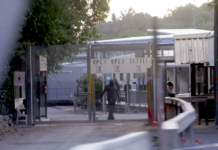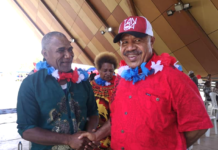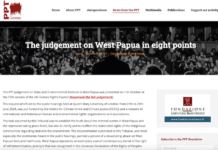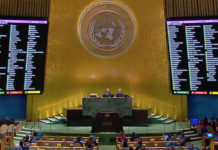In this video — one of several made while he was guest speaker at the Pacific Journalism Review’s 20th anniversary conference in Auckland in 2014 — Max Stahl talks about the betrayal of West Papua. Video: Pacific Media Centre
By Antonio Sampaio in Dili
Filmmaker and journalist Max Stahl, 66, has died almost 30 years after capturing images of the Indonesian massacre at Santa Cruz cemetery in the Timor-Leste capital Dili, which helped accelerate the country’s struggle for independence.
By coincidence, he died on the same day in 1991 as Sebastião Gomes, the young man who was buried in Santa Cruz and whose death led to the protest that ended in the Santa Cruz Massacre.
More than 2000 people went to Santa Cruz to pay tribute to Gomes, who was killed by Indonesian-backed militia in the Motael neighbourhood.
- READ MORE: Timor-Leste’s Max Stahl – documenting the audiovisual and development “war” — David Robie’s tribute to Max on Café Pacific
- British filmmaker and war correspondent Max Stahl dies after long illness
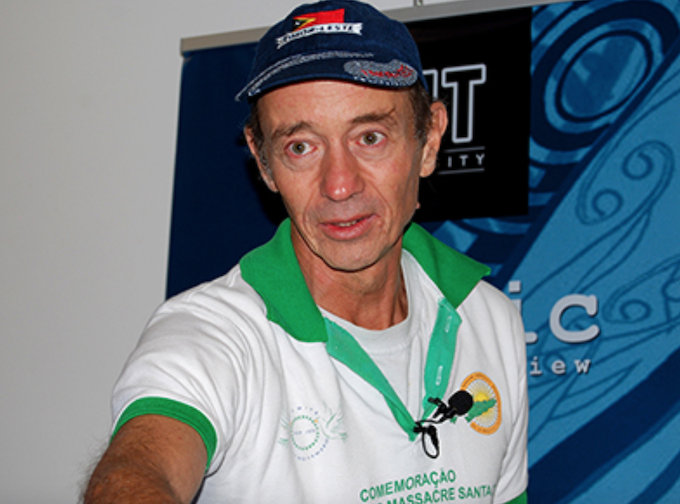
The atrocity by the Indonesian military was secretly filmed by Max Stahl and footage smuggled out of the country. International attention on East Timor dramatically changed as a result.
At the graveyard, the Indonesian military opened fire on the crowd, killing 74 people at the scene. Over the next few days, more than 120 young people died in hospital from their wounds or as a result of the crackdown by occupying forces.
Most bodies were never recovered.
Born on 6 December 1954 in the United Kingdom, journalist and documentary maker Christopher Wenner, better known as Max Stahl, began his ties to the country in 1991 when he managed to enter East Timor for the first time.
He became a Timorese citizen in 2019.
Hiding among the graves
On November 12, hiding among the graves of Santa Cruz cemetery, he filmed the massacre — one of many during the Indonesian occupation of the country. Images were circulated around the world’s media and this changed history.
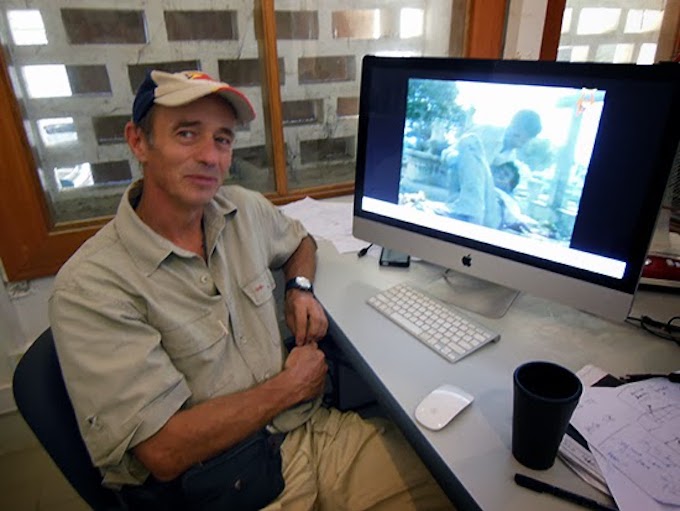
Decorated with the Order of Timor-Leste, the highest award given to foreign citizens in the country, the Rory Peck Prize for filmmakers, and several other rewards, Max Stahl leaves as a legacy the main archives of images from the last years of the Indonesian occupation of the country.
The Max Stahl Audiovisual Center in Timor-Lete (CAMSTL) contains thousands of hours of video documentary, including extended interviews with key actors in the Timorese struggle for independence.
The archive was adopted by UNESCO for the World Memory Register and has been used for teaching and research on Timor’s history under the framework of cooperation between the University of Coimbra, the National University of East Timor and CAMSTL.
The original 1991 Dili massacre footage by Max Stahl. Video: Journeyman Pictures
Stahl studied literature at the University of Oxford and he was a fluent speaker of several languages, including the two official languages of East Timor — Portuguese and Tetum.
He began his career writing for theatre and children’s television shows. However, he found his calling as a war correspondent when he lived with his family. At the time his father was ambassador to El Salvador where Stahl reported on the civil war between 1979 and 1992.
Stahl covered other conflicts such as those of Georgia, former Yugoslavia and East Timor (from 30 August 1991), where he arrived as a “tourist” at the invitation of resistance groups.
“The king is dead. With great sadness, I write to inform you that Max passed away this morning.”
— Max Stahl’s wife Dr Ingrid Brucens
Historic resistance leaders
Throughout his long ties to East Timor, where he lived until he had to travel recently to Australia for medical treatment, he interviewed historic resistance leaders such as Nino Konis Santa, David Alex and others.
Santa Cruz and the 12 November 1991 massacre made the name Max Stahl known internationally with his images exposing the barbarism of the Indonesian occupation.
In Portugal, the images made a special impact — both through the brutality of the violence portrayed and because the survivors gathered in the small chapel of Santa Cruz, praying in Portuguese while listening to the bullets being fired by the Indonesian military and police.
The 1999 referendum prompted Max Stahl to return to East Timor when he covered the violence before the referendum and after the announcement of independence victory. He also accompanied families on the flight to the mountains.
News of Max Stahl’s death on Wednesday at a Brisbane hospital quickly became the most commented subject on social media in East Timor, prompting condolences from several personalities during the struggle for independence.
In statements to Lusa news agency, former President José Ramos-Horta described Max Stahl’s death as a “great loss” to Timor-Leste and the world. He said it would cause “deep consternation and pain” to the Timorese people.
“Someone like Max, with a big heart, with a great dedication and love for East Timor … [has been] taken to another world,” he told Lusa.
Dr Ingrid Brucens, Max Stahl’s wife, and who was with him and the children in Brisbane, announced his death to friends.
“The king is dead. With great sadness, I write to inform you that Max passed away this morning,” she wrote in messages to friends.
Antonio Sampaio is the Lusa correspondent in Dili.

CAMSTL video tribute
This video below is the CAMSTL team’s tribute to the memory of Stahl, who had dedicated 30 years of his life to the people of Timor-Leste. CAMSTL colleagues said on their Facebook page:
“The images and testimonies recorded by the journalist in the 1990s alerted the world to the serious human rights violations taking place in Timorese territory.
“From then on, the country’s independence restoration process gained momentum.
“Today, the journalist’s heroic trajectory ends on the earthly plane, but his legacy will continue to live on in the large archive created and directed by him, the Centro Audiovisual Max Stahl Timor-Leste.
“Dear Max. We will always be together with you in preserving the memory of the resistance struggle and the construction of the Timorese nation.
“We would like to thank Max’s friend José Ramos-Horta — Nobel Peace Prize and Former President of the Republic– for participating in this video.”



